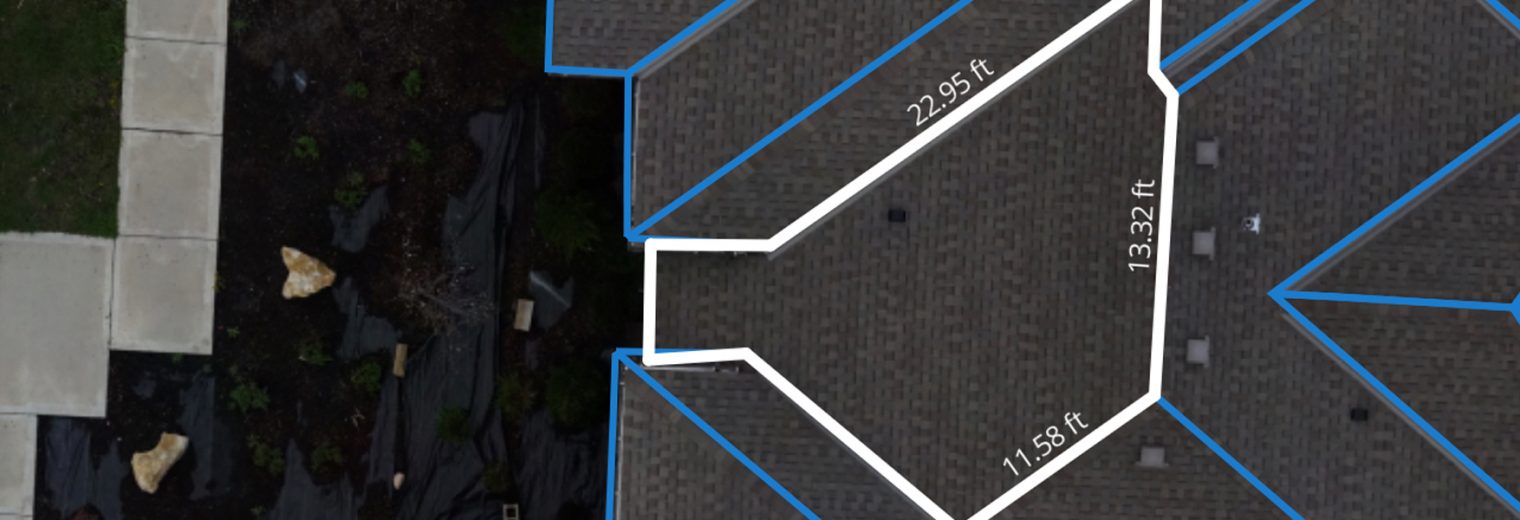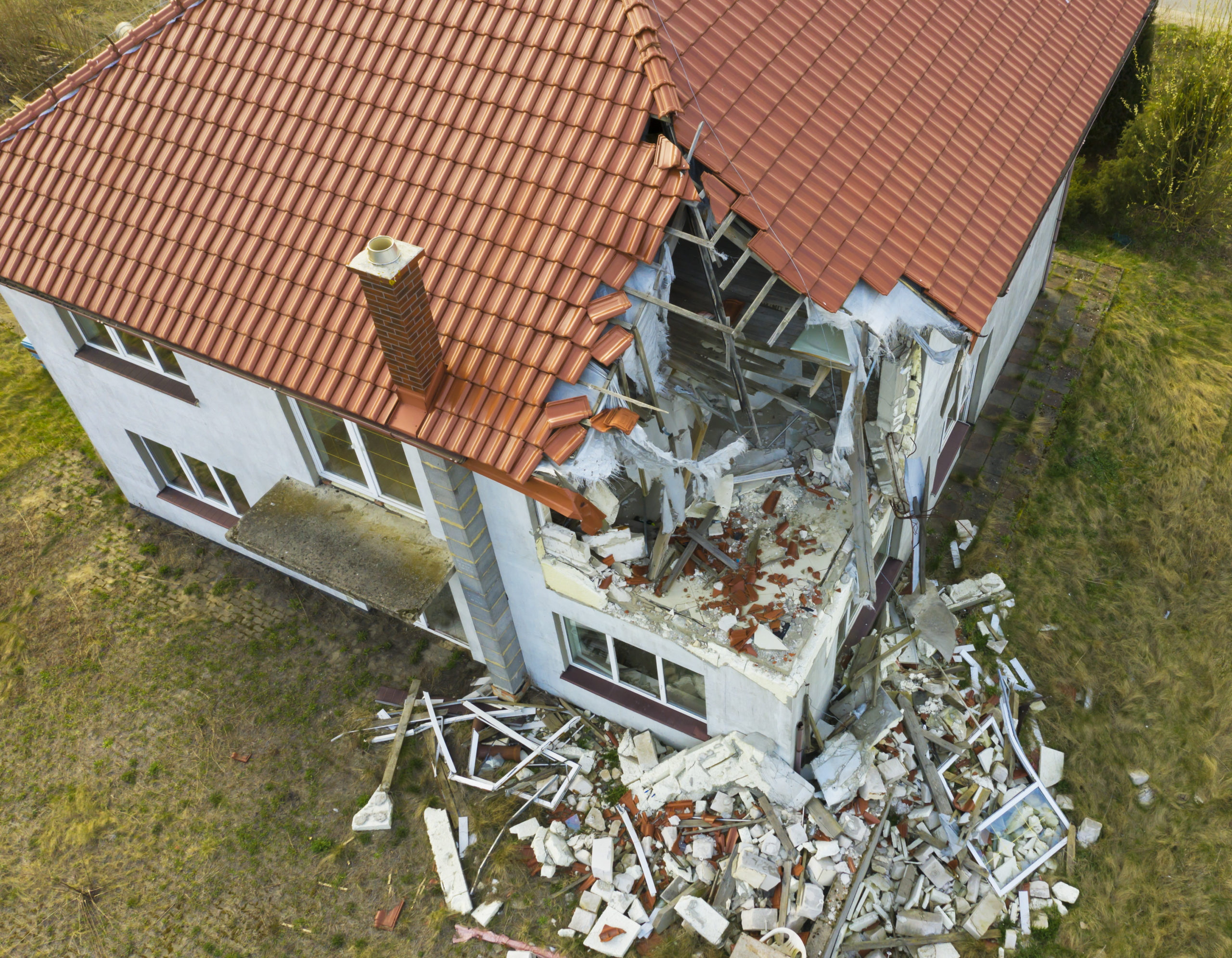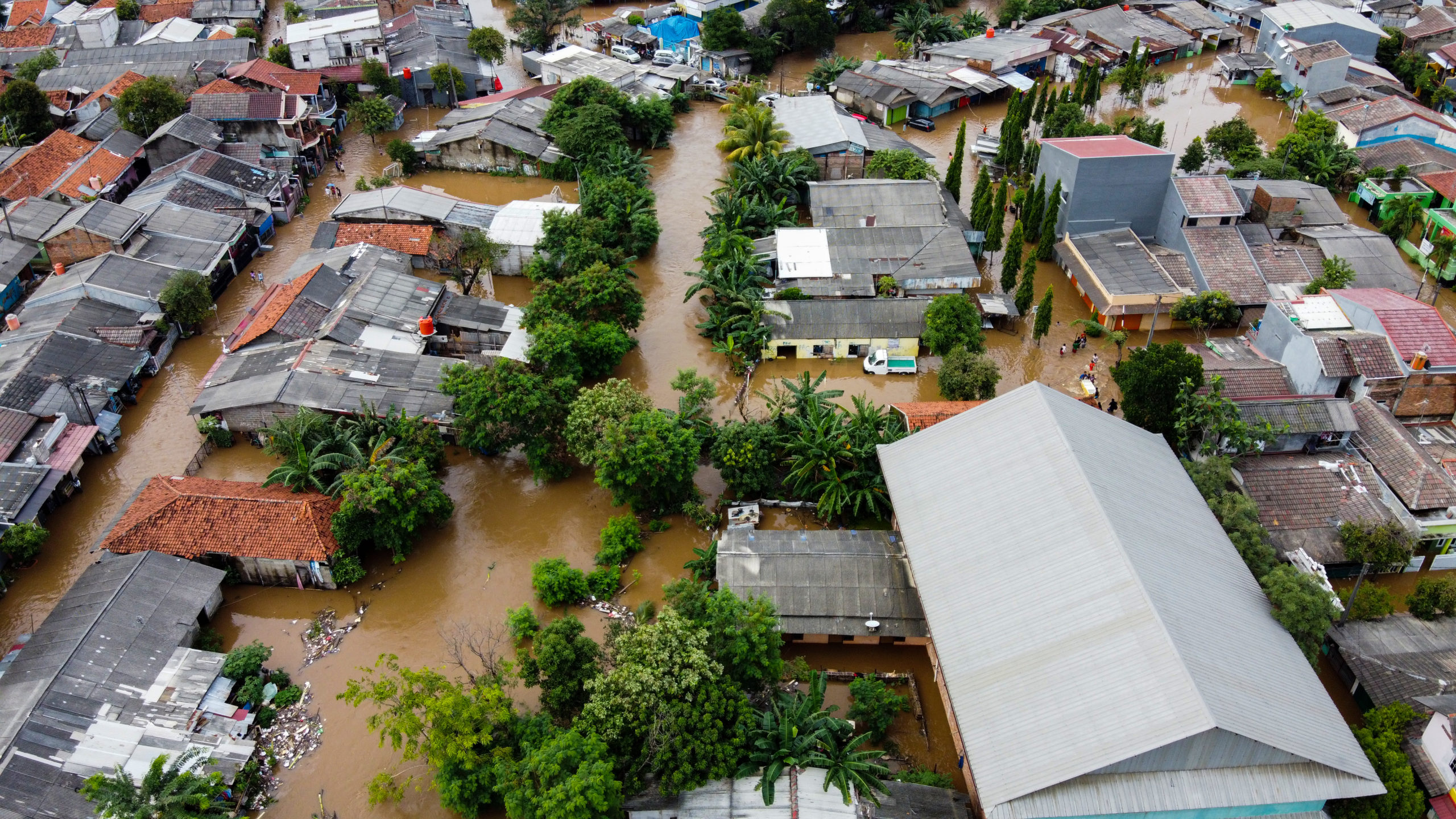Today I’m excited to chat with Garrett Smith, who is the Director of Business Development at Kespry, about how drone data is transforming the P&C industry.
Garrett, thanks so much for joining me.
Thanks for having me.
Could you maybe give a quick overview of who Kespry is and what your focus is?
Kespry is a really great company doing incredible things in the aerial data space with fully autonomous drones, to capture high resolution data from industrial and commercial sites.
The Kespry drone flies itself, captures all the data, and immediately upon landing, automatically uploads all the data to the Kespry Cloud.
The Kespry Cloud is where all of the data is stored, processed and accessed by our customers, making it incredibly easy to share across their organizations, allowing them to make immediate use of that data without having to wait for a slow and lengthy manual process.
What are some common questions that you receive from insurance companies?
Some of the most common questions are, “What does the regulatory environment look like?”, “Can I actually operate this drone in this inspection workflow?”, “Is that legal?”, “What are the airspace restrictions that I’m going to encounter?”.
It has really become much easier for our industry partners to execute this type of operation in-house because of recent changes to the FAA’s policies regarding commercial uses for drones. Back in August of 2016, the FAA made a significant update to that policy set with the Part 107 update.
This allows for commercial operations after an operator passes a relatively short and straightforward multiple choice question test at an FAA testing center. It’s a few days worth of study and some limited understanding – though valuable understanding – of airspace restrictions, plus appropriate use for drones in commercial and industrial use cases.
Kespry actually enables that whole process by providing training, certification, onboarding, reference material and assistance setting up that test for commercial operators.
Another question that we receive often is “Wow, flying a drone can be really dangerous, what if I crash it into a tree or into the building or what if I lose control of it because of wind conditions?”.
Well, this is an important reason why insurance carriers and others in the space should look at automated technologies like Kespry. Kespry fields a system that essentially flies itself and is extremely robust and resilient against environmental conditions and is intelligent in flight. It has obstacle avoidance technology that allows it to identify and avoid obstacles within the airspace that it’s flying over.
Can you talk a bit about the ROI insurance companies are seeing?
To speak to specifics, when a P&C carrier receives notification from a policyholder that they’ve had damage to their roof and a claim has been opened, an insurance carrier will then send a claims representative or a field adjuster out to that house to conduct an inspection. That guy or girl is going to get up on the roof, potentially having to contract third parties to come in and handle steep or tall roofs. They’re going to have to either manually measure and sketch the roof to generate dimensional information to include in the estimate or they’ll have to contract with an external aerial imagery or dimension report provider.
All of these things cost a lot of money and for those carriers who don’t even have a robust field staff, they may have to farm out that entire process to a third party completely. We’re talking tens to hundreds of dollars for each component that I just mentioned.
As you can imagine, that workflow can be heavily impacted and improved through the use of automated drone technologies like what Kespry provides to the industry. No longer do these folks need to elevate their risk profile by getting on top of the roof and engaging in relatively risky behaviors or activities up there. They’ll also get a more comprehensive analysis of the entire roof surface, as well as automate the extraction of high resolution, high accuracy dimension reports for the roof, all without the use of third parties for providing any of that service.
We estimate that a claims rep or an adjuster from an insurance carrier assigned to a roof related claim can improve their overall efficiencies on a day by day basis by 2x.
At the beginning you talked a lot about the data capture; could you tell me about the analytics and how you’re using AI?
This is the core of what Kespry is offering to the industry. We’ve developed really compelling tools in this regard that are only going to springboard us into more advanced analytics down the road. I’ll just touch on two for now.
The first would be a high accuracy dimension extraction tool. This allows us to generate high accuracy dimension wireframes that will obviate the need for insurance carriers, field reps, IA’s and ladder assist folks to manually sketch or order automated reports from a third party.
You’re able to do this in-house very simply, easily, and on an automated basis for all your roofs. This is a total dimension report and it’s extremely high accuracy.
The second foundational artificial intelligence tool that we have in the Kespry Cloud is an automated damage detection tool. Currently this is focused on hail impact detection and quantifying the number of hail impacts or probable hail impacts over an entire roof surface or by slope or by test square.
You’ve shared so much great information today and I’m sure that folks will have questions. If our readers have questions, how can they reach you?
Certainly visit our website at kespry.com. You can also reach out directly to me – garrett@kespry.com.
Garrett, it has been so great to chat with you today. Thank you so much for your time.
Thanks.



